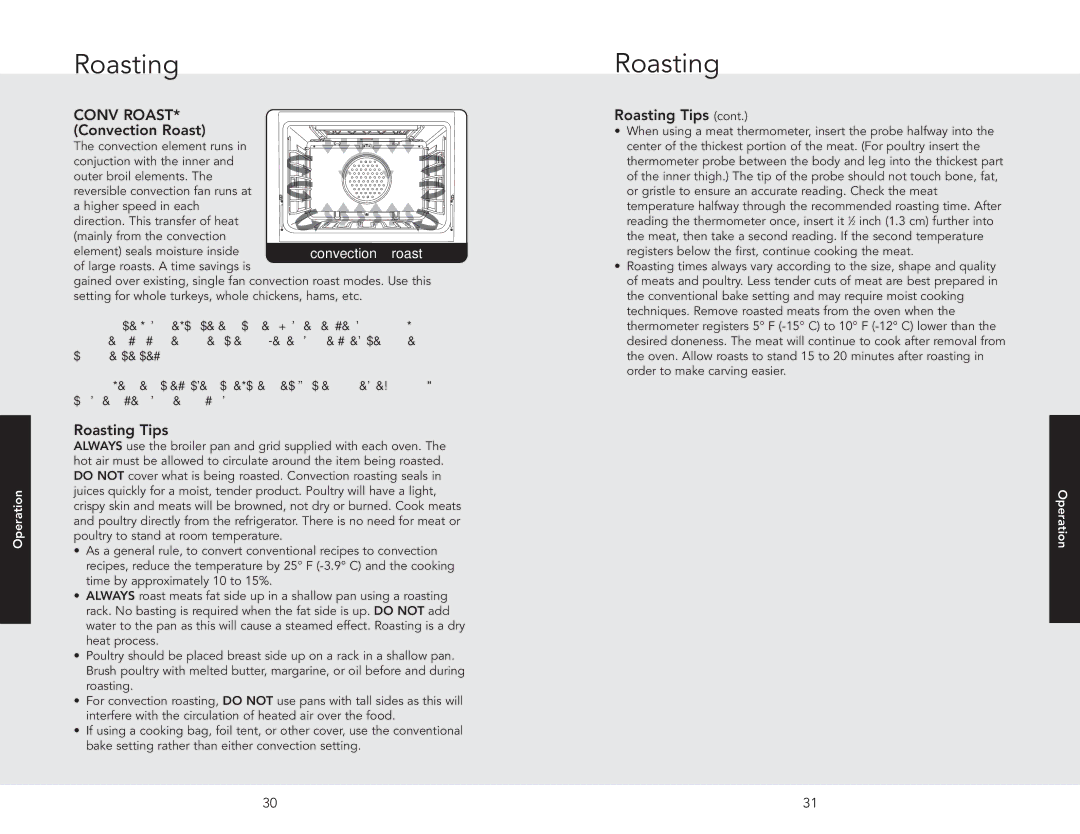F20537B EN specifications
The Viking F20537B EN is a remarkable tool in the realm of electrical engineering and commercial installation. With its advanced features, this model stands out for reliability and efficiency, making it an essential choice for professionals in various sectors.One of the main characteristics of the Viking F20537B EN is its robust build quality. Constructed using high-grade materials, the device promises durability even in harsh operating environments. Its sturdy design is complemented by an ergonomic form factor that enhances ease of use during extended periods of operation.
The Viking F20537B EN boasts an array of advanced technologies that significantly enhance its performance. This model is equipped with a state-of-the-art energy management system that optimizes power consumption. By effectively monitoring and regulating energy use, it ensures that operational costs are kept to a minimum while maximizing output.
In terms of connectivity, the Viking F20537B EN offers a variety of options, including modern wireless technology that allows for seamless integration with other devices. Whether for remote monitoring or for the coordination of multiple systems, the flexibility of connectivity options is a major advantage for professionals managing complex installations.
Another significant feature of the Viking F20537B EN is its user-friendly interface. The device includes a high-resolution display that provides real-time data, simplifying monitoring and diagnostics. Users can easily navigate through various settings to customize performance based on specific requirements.
The unit is designed with safety and compliance in mind. It adheres to stringent industry standards and includes built-in protection mechanisms to prevent overloading and overheating, thereby ensuring a long service life and reducing maintenance needs.
Versatility is a key characteristic of the Viking F20537B EN, as it can be employed across a vast range of applications, from commercial buildings to industrial set-ups. Its adaptability makes it an attractive option for both new installations and retrofitting projects.
In conclusion, the Viking F20537B EN sets a high standard in the field of installation technology. Its combination of durability, advanced energy management features, efficient connectivity options, and user-friendly design makes it an ideal choice for professionals seeking reliability and versatility in their tools. Whether for new projects or existing installations, the Viking F20537B EN is a sound investment that promises excellent performance and longevity.

